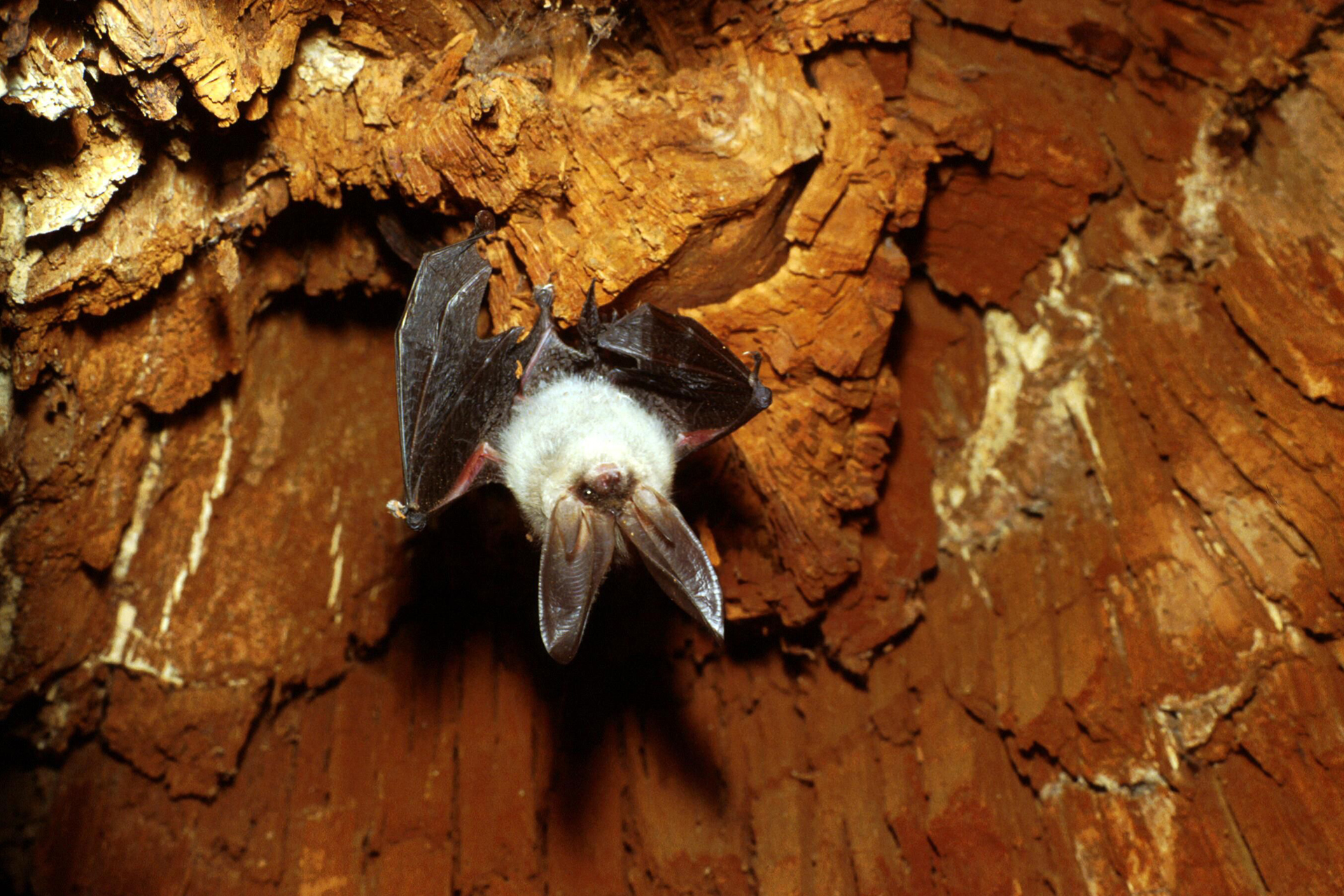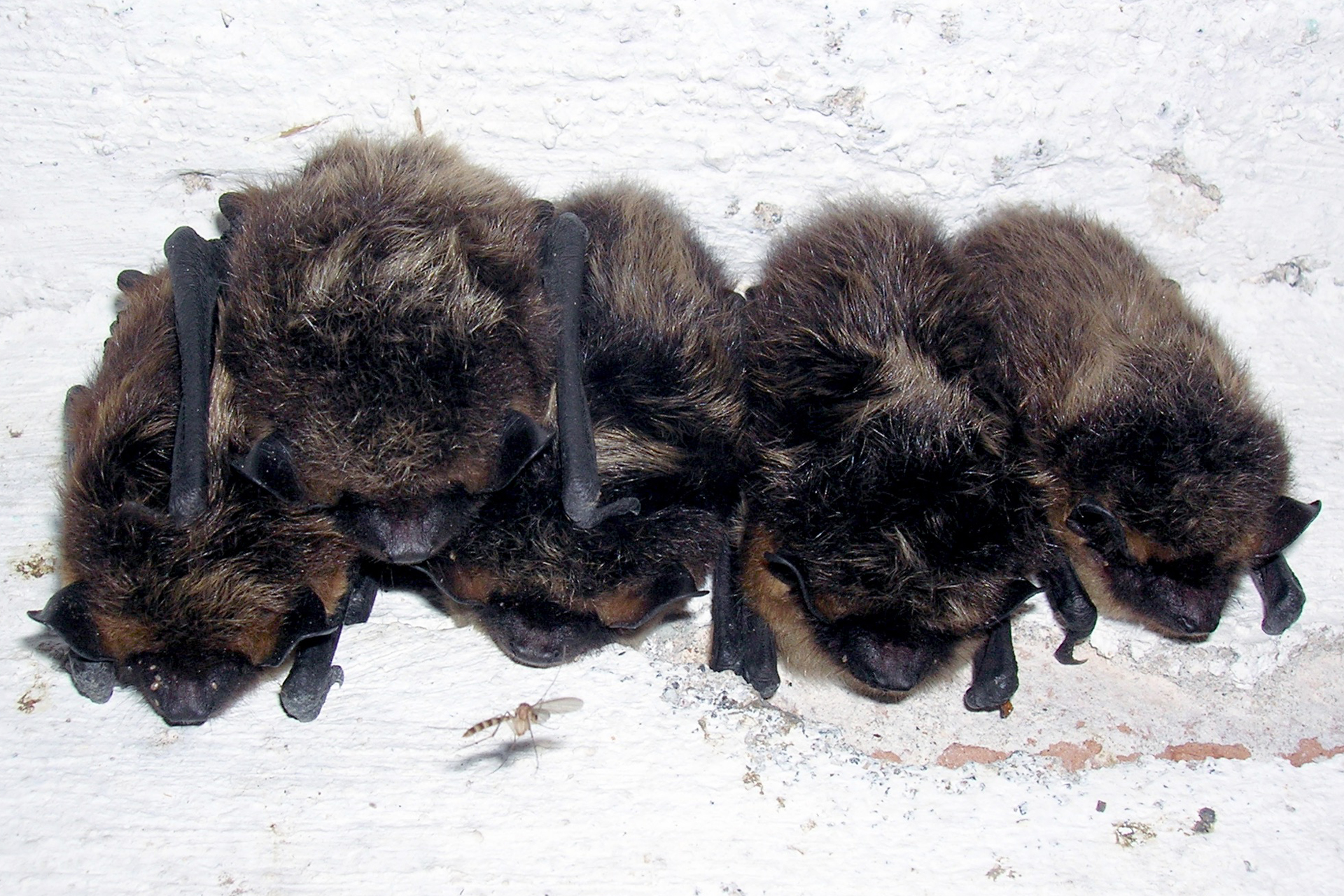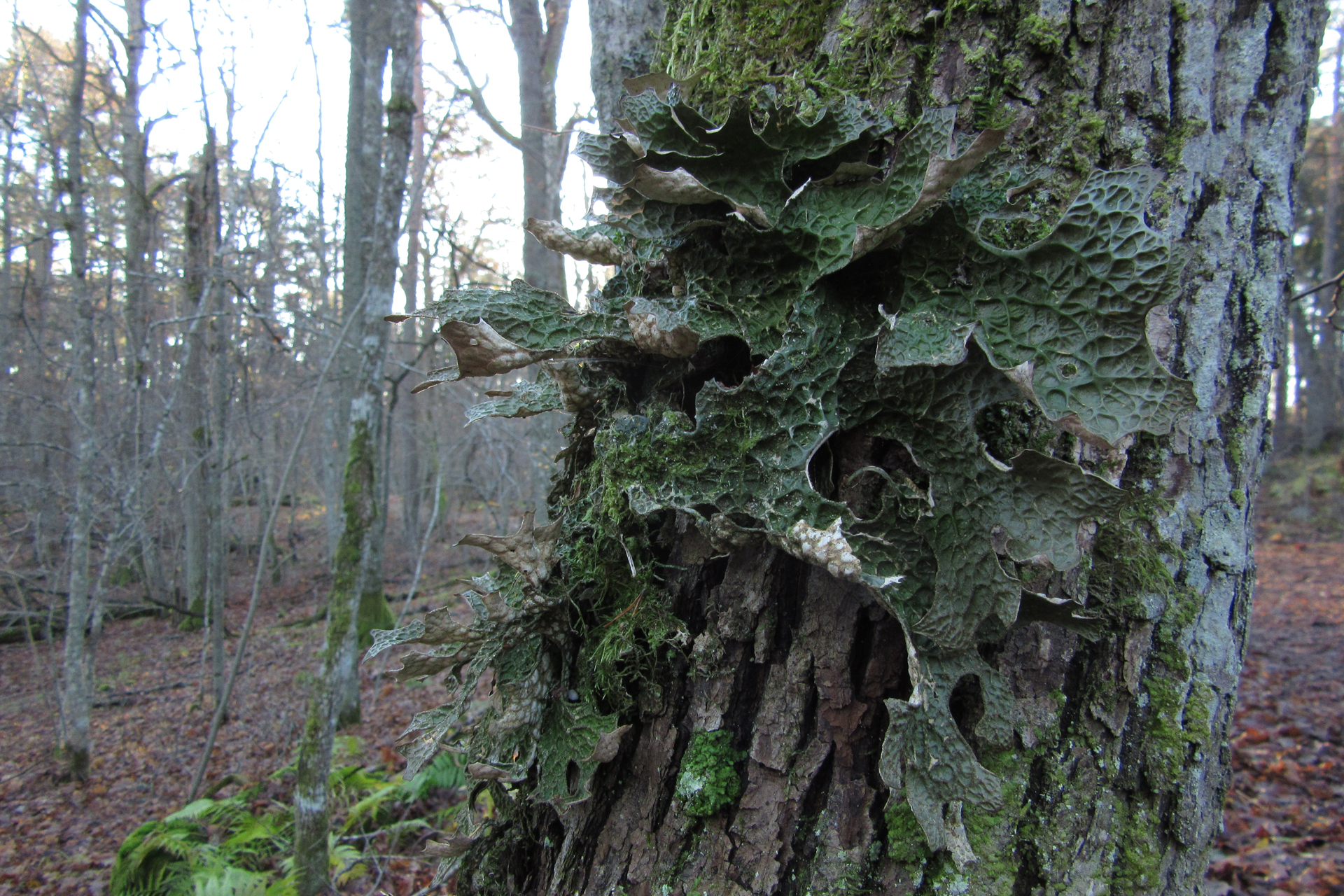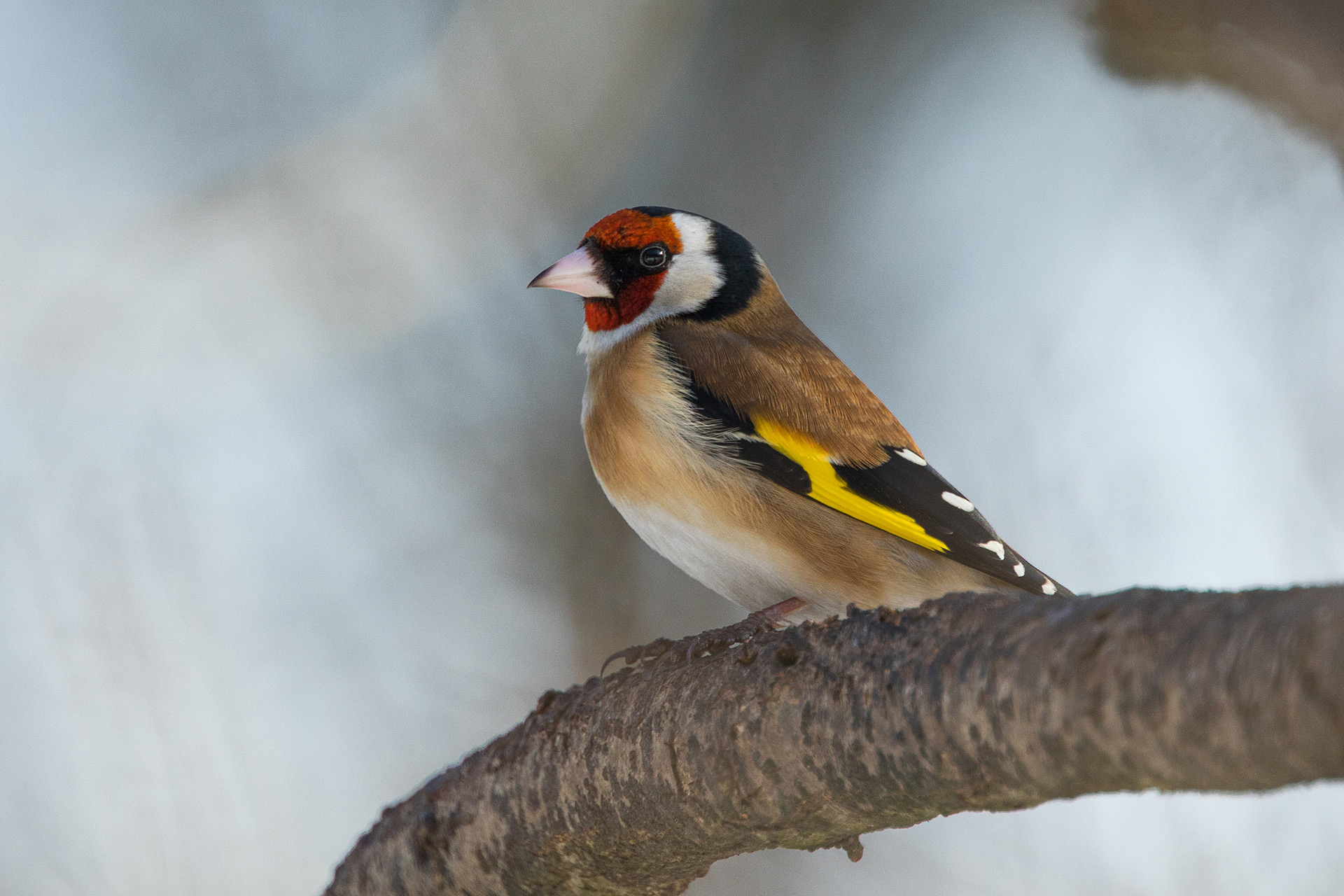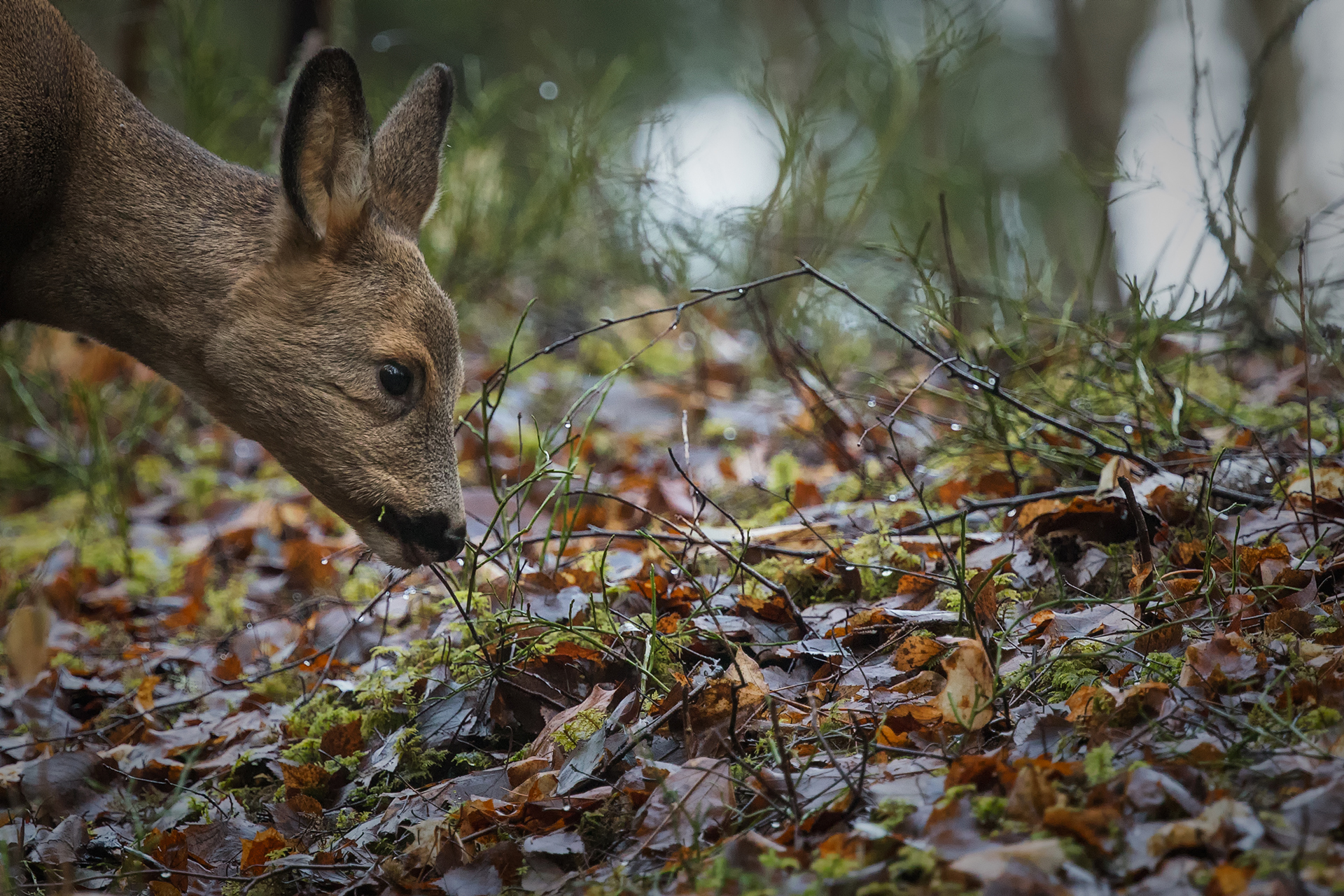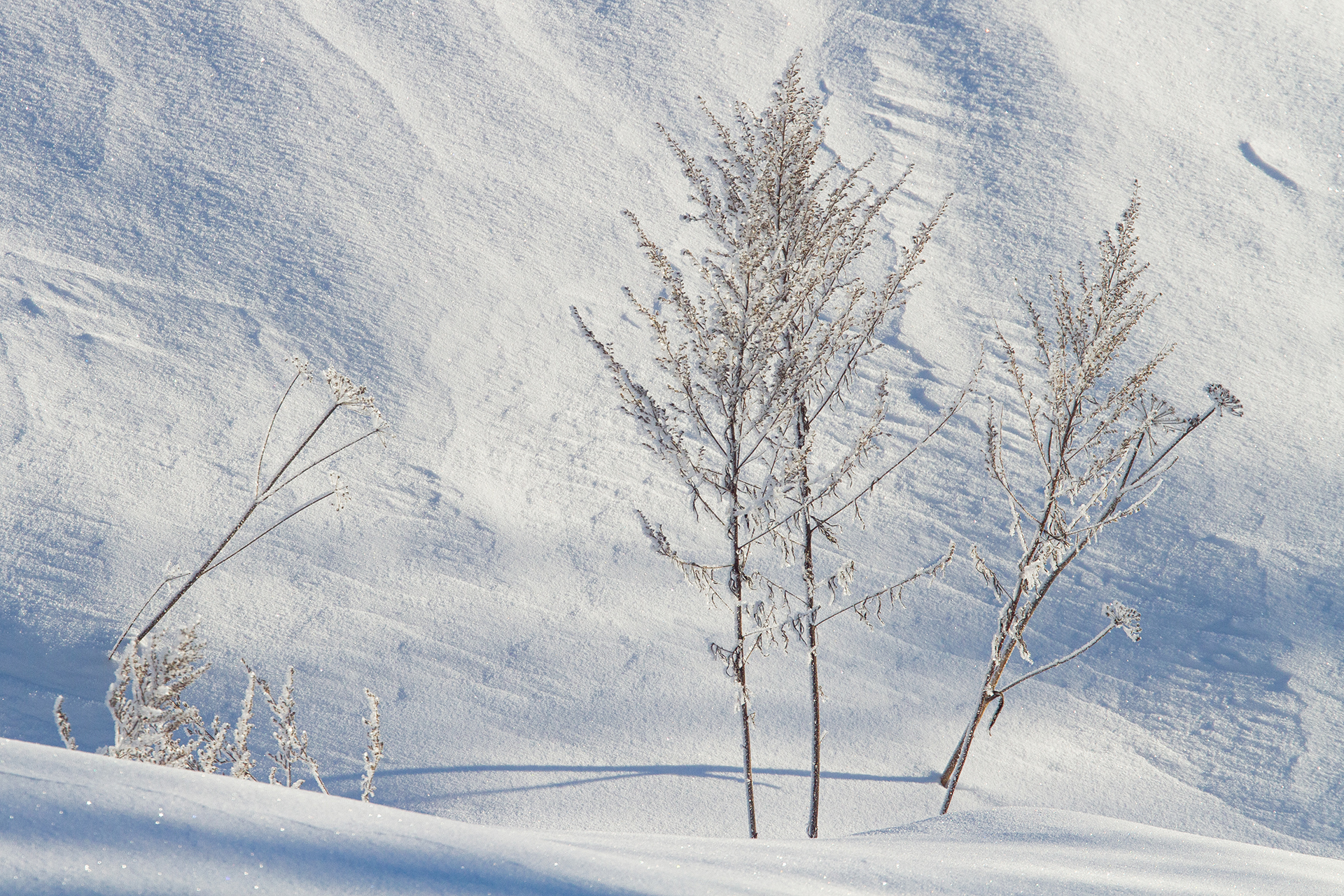The bats of Ruissalo: Slowing down to survive
Bats survive the winter by going into hibernation to conserve energy. The ideal hibernation spot is sheltered, preferably damp and maintains a temperature just above freezing. Different bat species prefer slightly different sites, which they can find in places like holes in rocks or earth cellars. The bats found on Ruissalo in the summer may also relocate from the island to spend their winter in cave somewhere nearby.
When hibernating, a bat’s body temperature falls to near zero and its heart rate can slow down to around twenty beats per minute. By comparison, a flying bat’s heart rate can be nearly 900 beats per minute, and even their resting heart rate can be as high as 250–450 beats per minute. During hibernation, their breathing may stop for up to a minute and a half; awake, bats take a breath every six seconds. Bats hibernate on Ruissalo for approximately half a year.
Of the 13 bat species found in Finland, nine have been found on Ruissalo. The northern bat, the Daubenton’s bat, the whiskered bat, the Brandt’s bat and the brown long-eared bat are all common to varying degrees on the island. The Nathusius’s pipistrelle also breeds on Ruissalo nowadays, but the common noctule and common pipistrelle are rare visitors to the island. However, the star of the bats of Ruissalo is the rare and endangered Natterer’s bat, which in Finland is regularly found pretty much only in Turku.
